![]()
![]()
![]()
Use LEFT and RIGHT arrow keys to navigate between flashcards;
Use UP and DOWN arrow keys to flip the card;
H to show hint;
A reads text to speech;
99 Cards in this Set
- Front
- Back
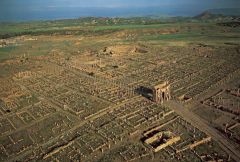
|
Timgad, now Algeria- AD 100, Province of Mauretania |
|
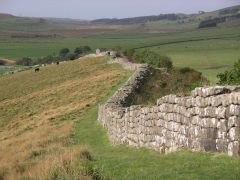
|
Hadrian's Wall, England- AD 122, province of Britannia |
|
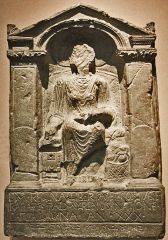
|
Tombstone of Regina, Arbeia Fort, Newcastle, UL- 2nd C AD
Catuvellauni- Kelt Dressed like a Palmyrene |
|
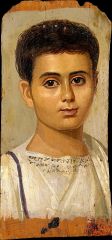
|
Mummy portrait of Euytches, now NY- 2nd C AD
Greek name Roman clothing Egyptian mummy Influence on provinces |
|
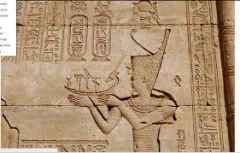
|
Trajan as Pharaoh, Dendera, Egypt- 2nd C AD |
|
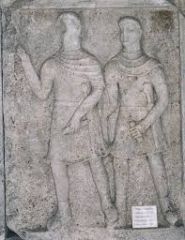
|
Metope of Trajan, from the Tropaeum, Dacia- 2nd C AD |
|
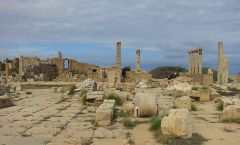
|
Old Forum, Lepcis Magna- 1st C BC- 1st C AD |
|
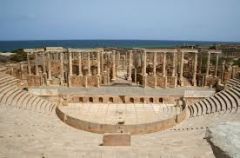
|
Theater, Lepcis Magna- AD 1-2 |
|
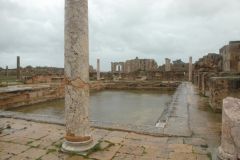
|
Hadrianic baths, Lepcis Magna- AD 127
|
|

|
Arch of Septimus Severus, Lepcis Magna- AD 203 |
|
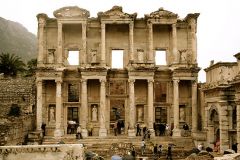
|
Library of Celsus, Ephesos- 2nd C AD |
|
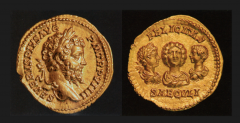
|
Aureus (gold coin) of Septimius Severus, Rome- AD 201 |
|
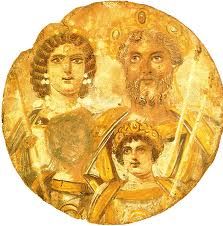
|
Tondo portrait of the imperial family, Fayuum, Egypt, now Berlin- 200 AD |
|

|
Forma Urbis Romae, aka Severan Marble Plan, Rome- AD 203-211 |
|
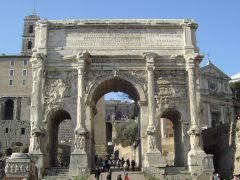
|
Arch of Septimius Severus, Rome- AD 203 |
|
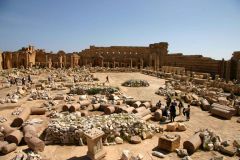
|
Forum of Septimius Severus, Lepcis Magna- AD 216 |
|
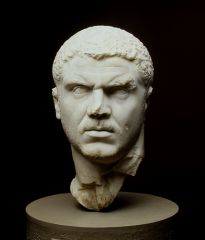
|
Portrait of Caracalla, NY- AD 206-211
Short hair and beard soldier emperor Fierce intensity- not looking at you |
|
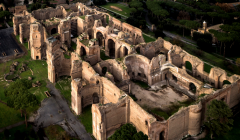
|
Baths of Caracalla, Rome- 216-235 |
|
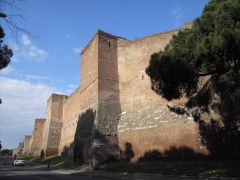
|
Aurelian Walls, Rome- AD 271-275 |
|

|
Triumph of Shapur 1 over Valerian, Iran- After AD 260 |
|

|
The Tetrarchs, now Venice- AD 305 |
|

|
Baths of Diocletian, Rome- AD 305-306 |
|
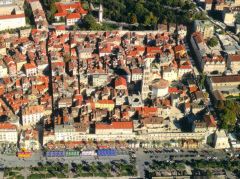
|
Diocletian's Palace, Split- AD 298-306 |
|
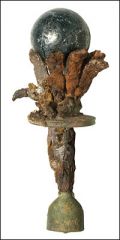
|
Imperial insignia of Maxentius??, Rome- AD 312 |
|
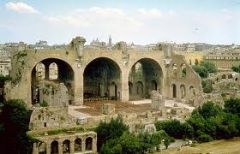
|
Basilica Nova, Rome- AD 306-312 |
|

|
Arch of Constantine, Rome- AD 315 |
|
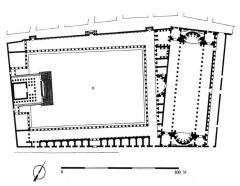
|
Forum of Septimius Severus, Lepcis Magna, AD 216 |
|
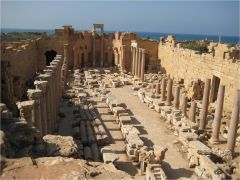
|
Forum of Septimius Severus, Lepcis Magna, AD 216 |
|

|
Forum of Septimius Severus, Lepcis Magna, AD 216 |
|

|
Forum of Septimius Severus, Lepcis Magna, AD 216 |
|
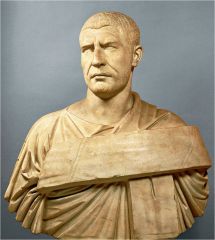
|
Togate bust of Philip the Arab, Rome. AD 244-249 |
|
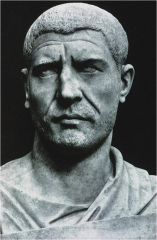
|
Togate bust of Philip the Arab, Rome. AD 244-249 |
|
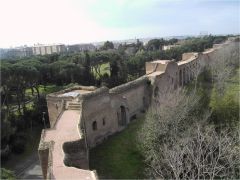
|
Aurelian Walls, Rome. AD 271-275 |
|

|
Forma Urbis Romae, aka Severan Marble Plan. Rome. AD 203-211 |
|

|
Arch of Septimius Severus, Rome, AD 203 |
|
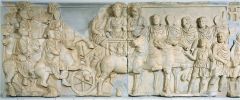
|
Arch of Septimius Severus, Lepcis Magna, AD 203 |
|

|
Baths of Caracalla, Rome, begun AD 216, completed ca. AD 235 |
|
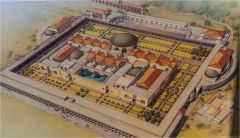
|
Baths of Caracalla, Rome, begun AD 216, completed ca. AD 235 |
|

|
Baths of Diocletian, Rome, AD 305-306. |
|
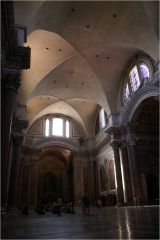
|
Baths of Diocletian, Rome, AD 305-306. |
|

|
Imperial insignia of Maxentius??, Rome, AD 312? |
|
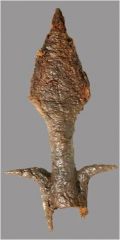
|
Imperial insignia of Maxentius??, Rome, AD 312? |
|
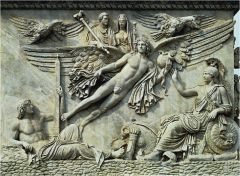
|
Imperial insignia of Maxentius??, Rome, AD 312? |
|

|
Arch of Constantine, Rome. AD 315 |
|
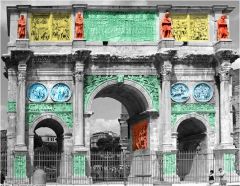
|
Arch of Constantine, Rome. AD 315 |
|
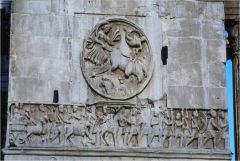
|
Arch of Constantine, Rome. AD 315 |
|

|
Arch of Constantine, Rome. AD 315 |
|
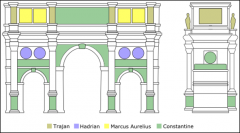
|
Arch of Constantine, Rome. AD 315 |
|
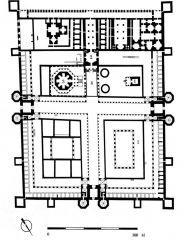
|
Diocletian’s Palace, Split (Croatia), AD 298-306. |
|
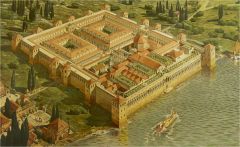
|
Diocletian’s Palace, Split (Croatia), AD 298-306. |
|
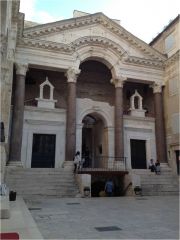
|
Diocletian’s Palace, Split (Croatia), AD 298-306. Vestibule: Syrian Arch |
|
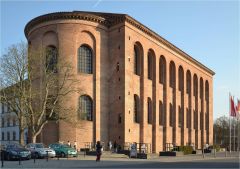
|
Aula Palatina, Trier (Germany). Early fourth century AD |
|
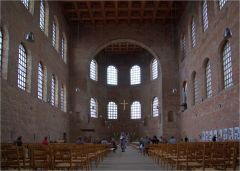
|
Aula Palatina, Trier (Germany). Early fourth century AD |
|
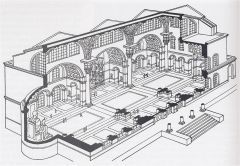
|
Basilica Nova, Rome, AD 306-312 |
|
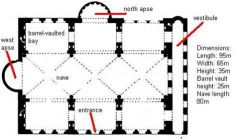
|
Basilica Nova, Rome, AD 306-312 |
|
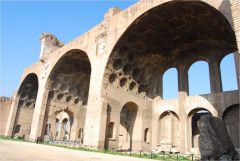
|
Basilica Nova, Rome, AD 306-312 |
|
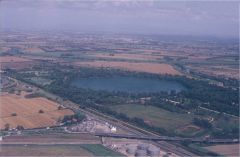
|
Artificial Harbor, Portus, Trajan, 106-113 AD |
|

|
Artificial Harbor, Portus, Trajan, 106-113 AD |
|
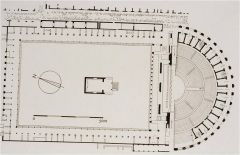
|
Piazzale of the Corporations, Ostia, 190 AD |
|

|
Piazzale of the Corporations, Ostia, 190 AD |
|
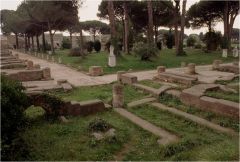
|
Piazzale of the Corporations, Ostia, 190 AD |
|
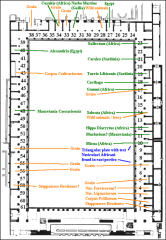
|
Piazzale of the Corporations, Ostia, 190 AD |
|
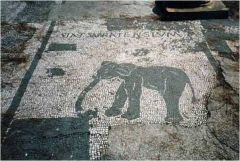
|
Piazzale of the Corporations, Ostia, 190 AD |
|
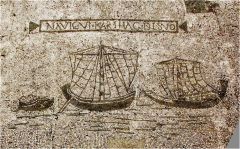
|
Piazzale of the Corporations, Ostia, 190 AD |
|
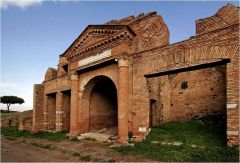
|
Horrea Epagathiana, Ostia, 145-150 AD |
|
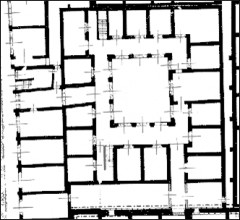
|
Horrea Epagathiana, Ostia, 145-150 AD |
|
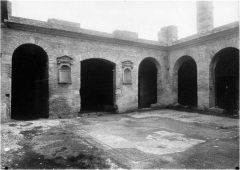
|
Horrea Epagathiana, Ostia, 145-150 AD |
|

|
Insula of Diana, Ostia, 2nd c AD |
|
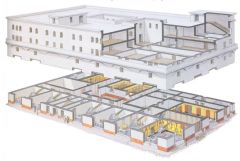
|
Insula of Diana, Ostia, 2nd c AD |
|
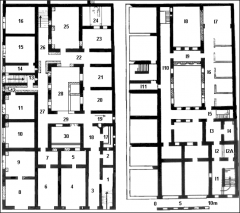
|
Insula of Diana, Ostia, 2nd c AD |
|
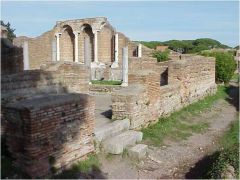
|
House of Cupid and Psyche, Ostia, 2-4 c AD |
|
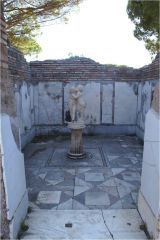
|
House of Cupid and Psyche, Ostia, 2-4 c AD |
|
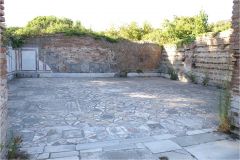
|
House of Cupid and Psyche, Ostia, 2-4 c AD |
|
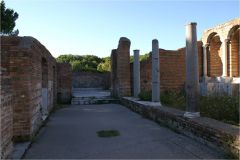
|
House of Cupid and Psyche, Ostia, 2-4 c AD |
|
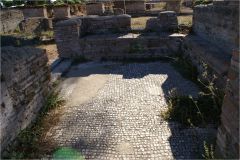
|
House of Cupid and Psyche, Ostia, 2-4 c AD |
|
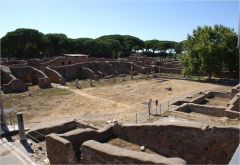
|
Baths of Neptune, Ostia, 139 AD |
|
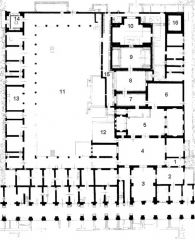
|
Baths of Neptune, Ostia, 139 AD |
|
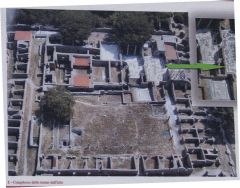
|
Baths of Neptune, Ostia, 139 AD |
|
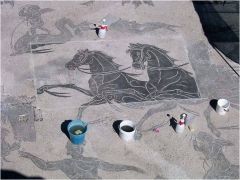
|
Baths of Neptune, Ostia, 139 AD |
|

|
Mithraeum of the Seven Gates, Ostia, 160-170 AD |
|

|
Mithraeum of the Seven Gates, Ostia, 160-170 AD |
|
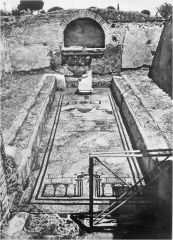
|
Mithraeum of the Seven Gates, Ostia, 160-170 AD |
|
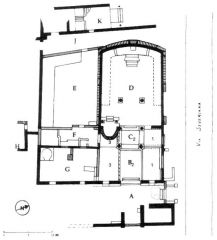
|
Synagogue, Ostia, Mid-1 c AD |
|

|
Synagogue, Ostia, Mid-1 c AD |
|
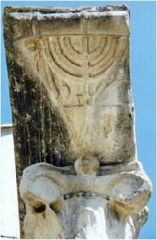
|
Synagogue, Ostia, Mid-1 c AD |
|
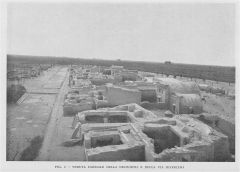
|
The Necropolis of Isola Sacra, late 1st to 3rd centuries AD |
|
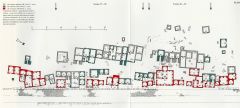
|
The Necropolis of Isola Sacra, late 1st to 3rd centuries AD |
|
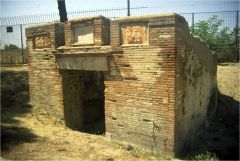
|
Tomb 100 – Tomb of Scribonia Attice, AD 140 Chamber Tomb |
|
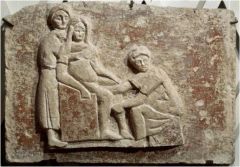
|
Tomb 100 – Tomb of Scribonia Attice, AD 140 Chamber Tomb |
|
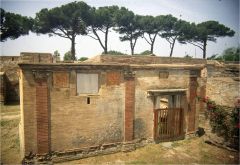
|
Tomb 29 –Tomb of Verria Zosime, mid 2nd cent. AD Enclosure and Chamber tomb |
|
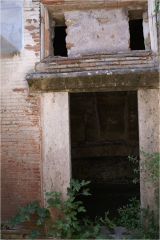
|
Tomb 29 –Tomb of Verria Zosime, mid 2nd cent. AD Enclosure and Chamber tomb |
|
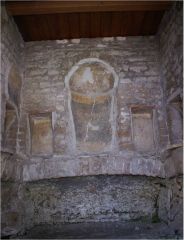
|
Tomb 29 –Tomb of Verria Zosime, mid 2nd cent. AD Enclosure and Chamber tomb |
|
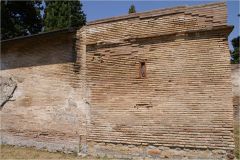
|
Tomb 29 –Tomb of Verria Zosime, mid 2nd cent. AD Enclosure and Chamber tomb |
|
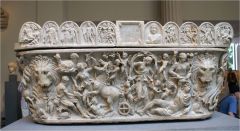
|
Sarcophagus of Claudia Arria, Ostia, now New York, 200-225 AD |
|
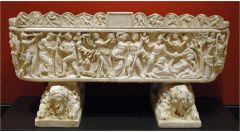
|
Sarcophagus of Maconiana Severiana, Rome, now Malibu, 210-220 AD |
|
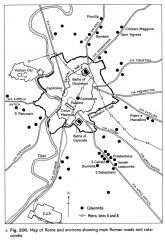
|
The Catacombs, Rome, 1st to 5th centuries AD |
|
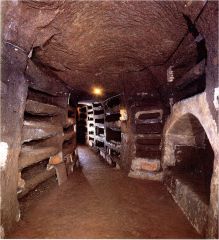
|
The Catacombs, Rome, 1st to 5th centuries AD |
|
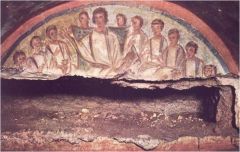
|
Catacombs of Domitilla, 2nd-4th c. AD, Rome |
|
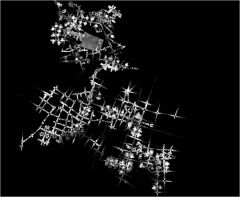
|
Catacombs of Domitilla, 2nd-4th c. AD, Rome |

